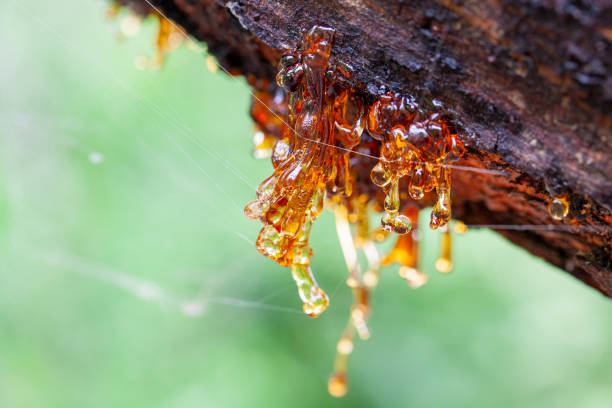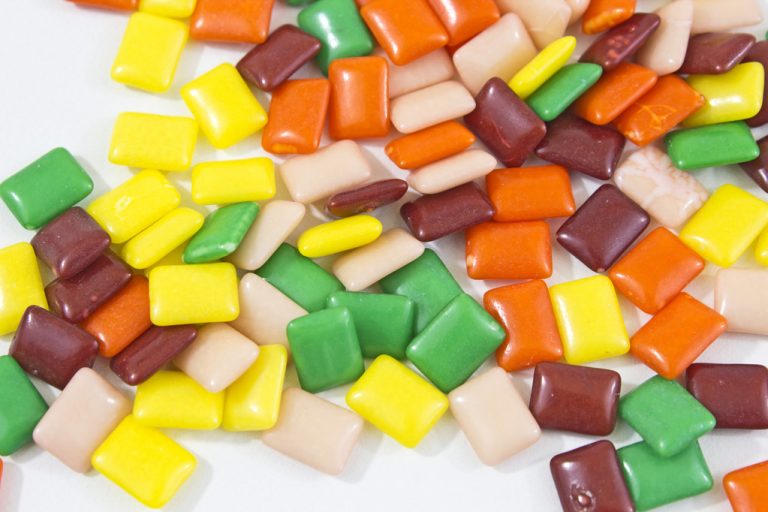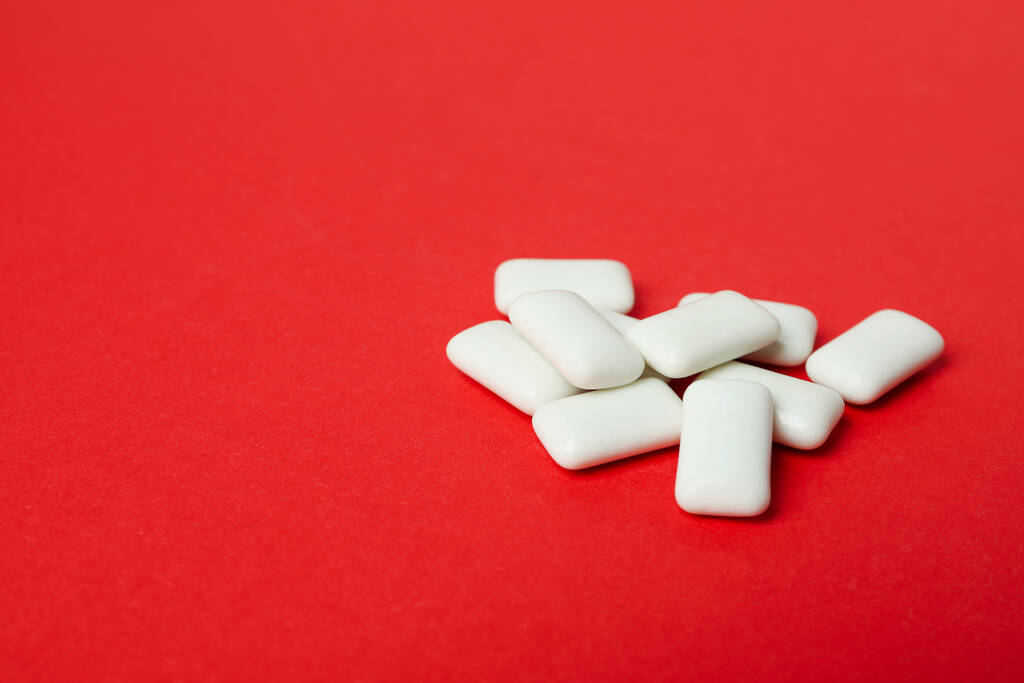All tips and home remedies for removing resin stains at a glance. If you work with wood, you will have already noticed that the tree sap that escapes is very difficult to get out of your clothes.
But there are many proven methods that you can use to get the textiles clean again. In general, it can be said that resin dissolves in alcohol or oil. Various methods are examined and described in more detail below.
1) Remove resin stains with stain remover
This is a chemical method to restore cleanliness. There are many different providers on the market that offer solutions for this. The advantage of this is that procurement will prove to be very easy. You can buy such a solvent in practically every drugstore. These products can also be found in retail stores.

The handling is very simple. The soiled area is sprayed with the solution and it is waited for some time to see if the stain comes off. To prevent the area from drying out, you should place a piece of cling film on it, for example. If you do not succeed immediately, the procedure must be repeated again. After the stain has been removed by rubbing, the item of laundry can be cleaned as normal in the washing machine.
2) Mechanical stain removal
Anyone who cannot or does not want to use a stain remover for various reasons (e.g. due to allergies or very sensitive skin) can succeed in this way.
All you need is a plastic bag and a freezer or compartment, which is available in every household.
The garment is now placed in the bag and placed in the freezer for some time. It is important that the textiles are completely frozen. You will find that this also makes the resin stain stiff and brittle. Now the bag is removed and the tree sap can be broken out. Please make sure that this work is done quickly and expeditiously as there is a rapid thaw. It is important that the area where you work is protected with newspaper, for example, so as not to contaminate the floor.
3) Remove resin stains with heat
This way is also very quick and easy to remove resin stains. All you need is an iron and two blotting papers. One is placed above and one below the contaminated area. Now the iron is used. Driving over it causes heating, which leads to liquefaction. The two blotters will prove to be very absorbent and will absorb the juice. After that, further cleaning is possible without any problems. Wax stains can also be removed with this method.
4) Remove resin with spirit and alcohol

This path requires very little effort and quickly leads to success. All you need is a cloth on which one of the listed liquids is spread. Now the stain is dabbed with the household remedy alcohol until it disappears by itself.
5) Use oil or butter when removing stains
If the liquids mentioned above are not available, oil or butter can also be used as a home remedy, the principle is exactly the same. However, it must be noted that this will result in a grease stain on the garment, which will then have to be removed by other cleaning processes.



